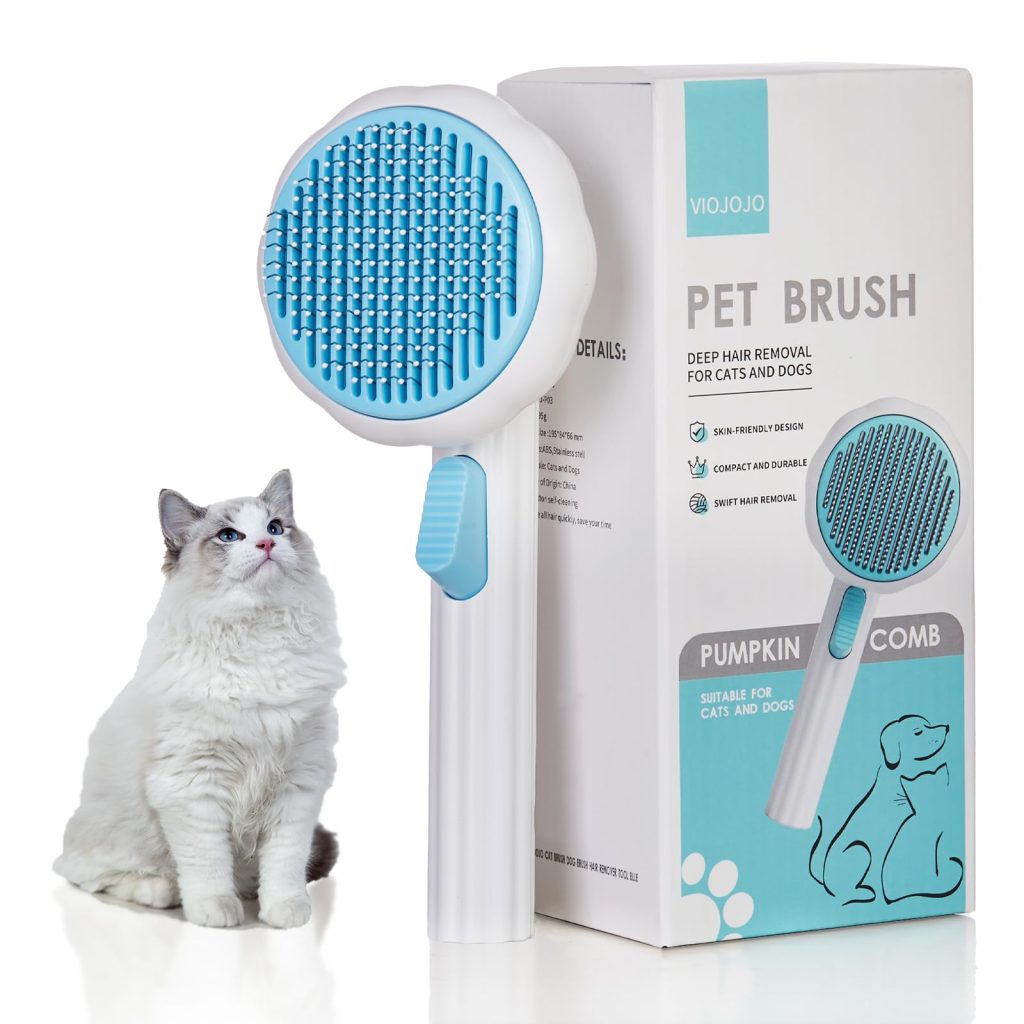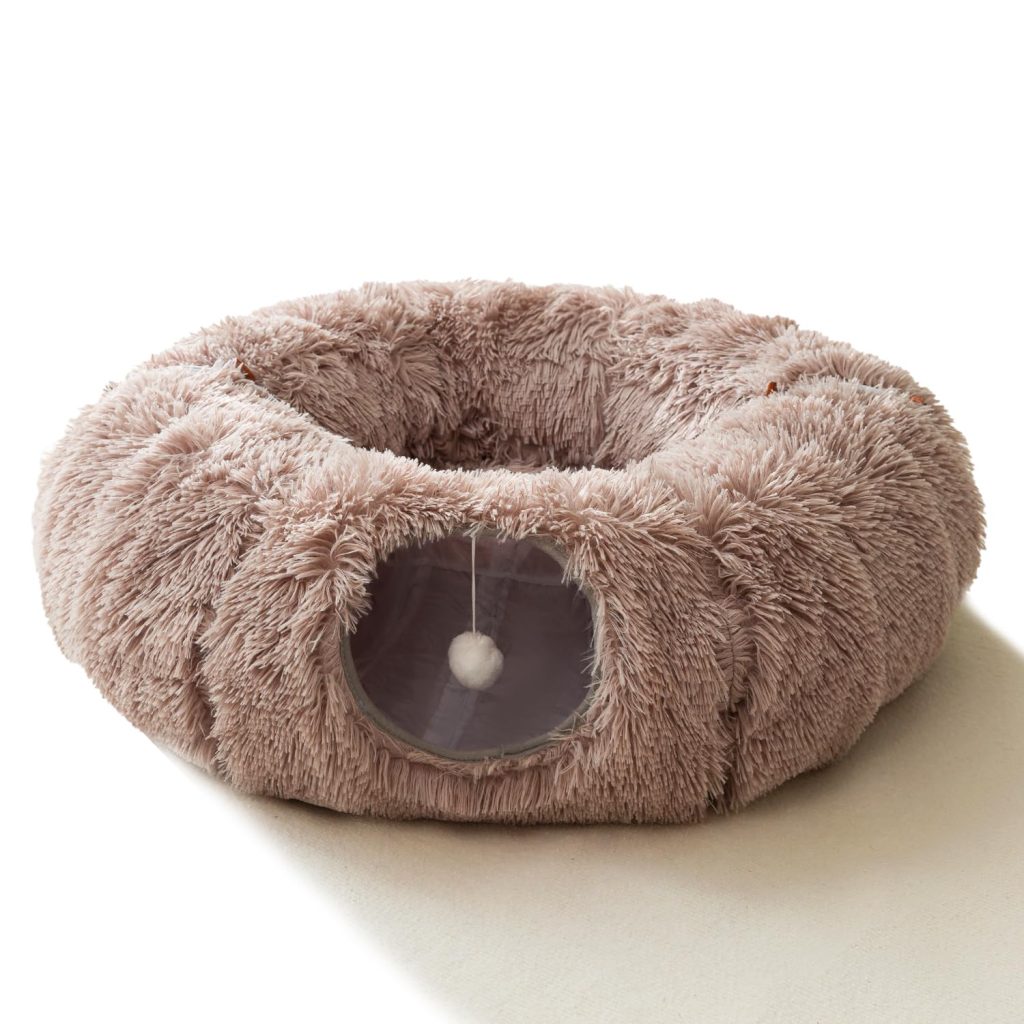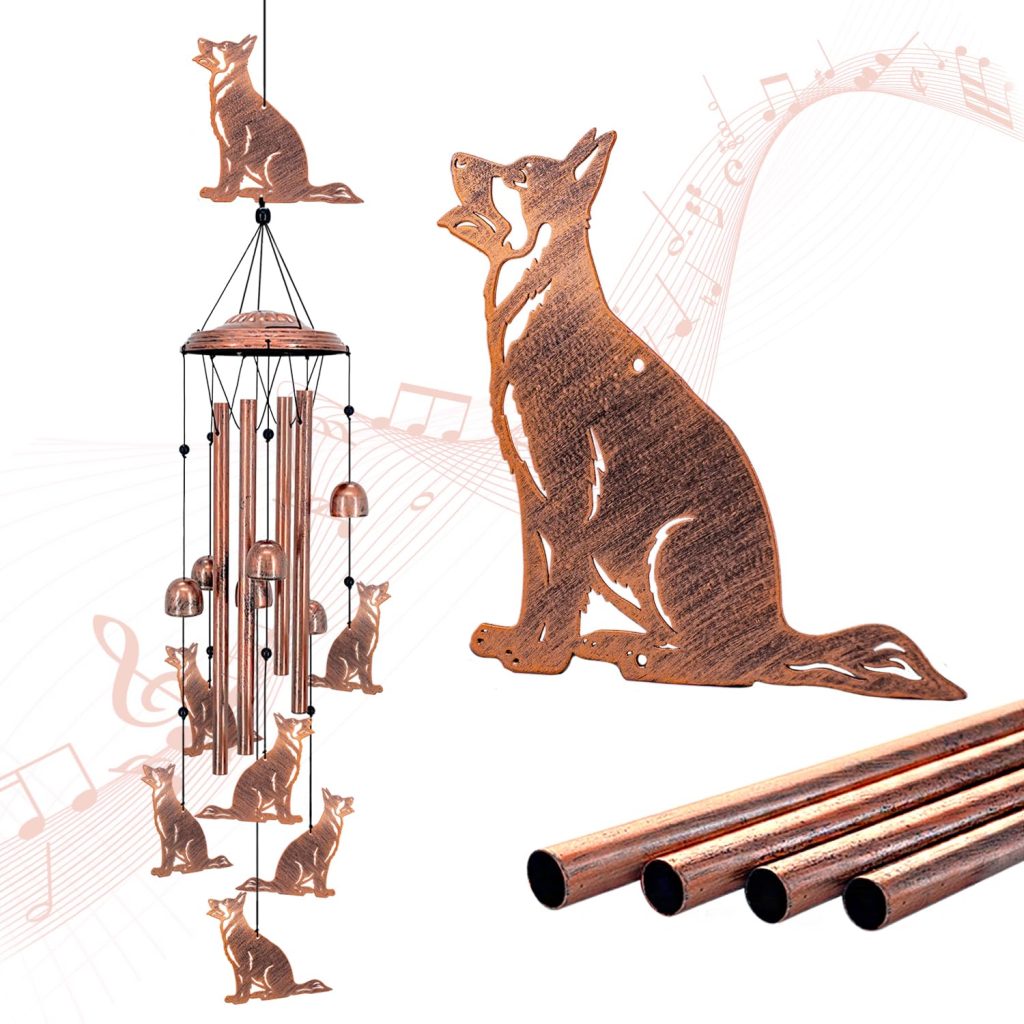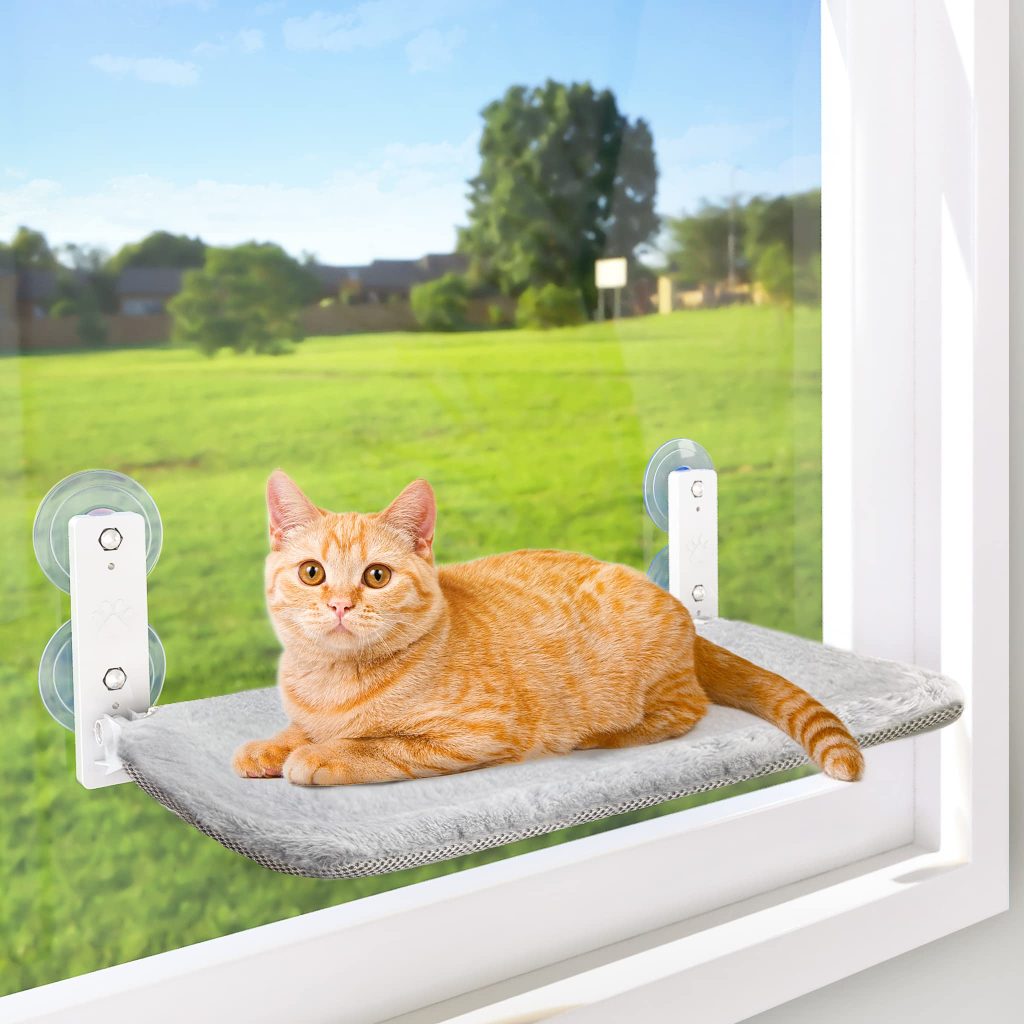
Every feline is a unique creature, imbued with its own distinct personality, preferences, and grooming requirements. Understanding your cat’s specific grooming needs is not merely an aesthetic endeavor; it is an important component of their overall health and well-being. For instance, long-haired breeds such as Persians or Maine Coons require more frequent grooming than their short-haired counterparts like British Shorthairs or American Shorthairs. The former may need daily brushing to prevent matting and reduce the risk of skin irritations, while the latter often thrive with weekly grooming sessions.
Behavioral nuances also play an integral role in how a cat relates to grooming. Some cats are predisposed to enjoy the process, while others may find it daunting. As Cesar Millan emphasizes the importance of understanding the psychology of animals, so too should we apply this principle to our feline friends. Approach your grooming sessions with empathy and awareness; observe your cat’s body language for signs of discomfort or stress. If your cat flattens its ears or attempts to escape, these signals indicate that the experience may be overwhelming, necessitating a gentler approach.
It’s equally vital to acknowledge the seasonal changes that can affect grooming needs. During shedding seasons—typically spring and fall—you may observe an influx of loose fur requiring more rigorous maintenance. Cats with indoor lifestyles might exhibit varying shedding patterns as well, influenced by factors such as artificial lighting and indoor heating. During such times, investing in a quality de-shedding tool could alleviate excessive hair loss, decluttering your living space while ensuring your cat remains comfortable.
Moreover, a well-groomed coat is not only emblematic of a cat’s appearance but is directly tied to its skin health. Regular grooming helps distribute natural oils throughout the fur, enhancing its luster and promoting a healthier skin barrier. In addition, brushing can serve as a diagnostic tool; you may notice lumps, bumps, or other irregularities that warrant attention from a veterinarian. Consequently, your grooming routine transforms from a simple maintenance task into a vital health check, fostering a deeper bond between you and your cat.
In crafting a tailored grooming routine, consider your cat’s age and health status as well. Older cats or those with mobility issues may require more gentle techniques and less abrasive tools, while kittens might benefit from early, positive grooming experiences that form a foundation for lifelong cooperation. Using a soft brush can introduce them to grooming without causing fear or apprehension, thereby fostering a positive association with the process.
Ultimately, harmonizing with your cat’s grooming needs cultivates a trusting relationship, ensuring they feel safe and secure. Mutual respect and understanding will nurture a more enjoyable grooming experience, making the process both beneficial for their well-being and a cherished bonding time for both of you.
Essential tools for cat grooming
Equipping yourself with the right tools is integral to fostering a successful grooming routine that not only meets your cat’s needs but also enhances the overall experience for both of you. As every seasoned cat parent knows, the quality and appropriateness of grooming tools can significantly influence how your feline companion perceives the process. Begin with a selection of brushes that cater specifically to your cat’s coat type. For example, a slicker brush is particularly beneficial for long-haired breeds, as it effectively detangles and removes loose fur without causing discomfort. Conversely, a bristle brush is well-suited for short-haired cats, gently redistributing natural oils and promoting a glossy finish.
Another invaluable tool in your grooming arsenal is a comb. A fine-toothed comb can be employed after brushing to catch any remaining tangles or mats, ensuring a thorough grooming session. For cats particularly prone to knots—often the case with long-haired varieties—consider investing in a dematting tool. These specialized implements can help address stubborn mats safely, minimizing the risk of pulling on your cat’s delicate skin. Always remember, however, that when dealing with particularly knotty fur, gentle patience is your greatest ally. Rushing through this process can induce anxiety and discomfort, which may create negative associations for your cat.
In addition to brushes and combs, clippers and grooming scissors are essential for maintaining your cat’s coat between professional grooming sessions, particularly for those with longer fur. Scissors can be invaluable in trimming away loose hair around sensitive areas such as the paws and ears, while clippers are perfect for removing excess fur during the warmer months. It’s imperative to choose pet-specific clippers designed with silent operation, minimizing stress and ensuring your cat remains calm throughout the grooming experience.
Beyond tools for coat care, don’t overlook the importance of grooming aids designed to enhance comfort and security. A non-slip grooming mat can work wonders, providing your cat with a secure footing during grooming, which in turn alleviates the risk of sudden movements that could lead to accidental nicks or cuts. Furthermore, while grooming a cat, it’s beneficial to keep a soothing spray or calming pheromone diffuser nearby. This can create an atmosphere of tranquility, helping to calm nerves while promoting a more relaxed grooming session for both you and your feline friend.
Remember also to equip yourself with nail clippers, as regular claw maintenance is an essential aspect of grooming. Choose a pair designed specifically for cats—these typically feature a compact size and a safety guard to prevent over-clipping, which can result in discomfort or injury. Ensure to familiarize your cat with this tool, perhaps incorporating it into your grooming routine gradually to establish a sense of familiarity and trust. With patience and consistency, your cat will begin to understand that this process is an act of care rather than a threat.
Finally, keep an array of grooming wipes and bathing supplies on hand. While most cats are adept at self-grooming, environmental factors may leave them in need of a little extra help, especially after outdoor adventures or during shedding periods. Grooming wipes designed specifically for cats can effectively remove dirt and dander, while a gentle, cat-safe shampoo can offer a refreshing cleanse during rare bathing sessions. Always bear in mind that bathing should be an occasional endeavor, as over-bathing can strip the coat of its natural oils and disrupt the skin’s delicate pH balance.
Equipping yourself with the proper tools is not just about functionality; it is also an act of respect for your cat’s unique grooming requirements. These tools, when employed effectively, not only aid in maintaining your cat’s physical appearance but also support their emotional and psychological well-being, forging a bond of trust and affection that will withstand the test of time.
Step-by-step grooming techniques
Embarking on the grooming journey with your cat requires an approach steeped in patience and understanding, much like any partnership built on trust. Begin with the essential task of acclimating your feline friend to the grooming process. This initial step is crucial; it lays the foundation for how smoothly future sessions will go. Start by allowing your cat to familiarize itself with the grooming tools—leave brushes and combs around in areas where your cat feels secure, perhaps near its favorite resting spot. The key here is to encourage exploration and curiosity, fostering an environment in which your cat feels safe and unthreatened.
When it’s time to explore the actual grooming, create a tranquil space where calm can thrive. Soft music playing in the background can soothe nerves, while a comfortable spot, perhaps on a low table or a designated grooming surface, will help your cat feel secure. Don’t rush this process; allow your cat to come to you rather than forcing interaction. Some cats may require a gentle touch or soothing words before they become receptive to the idea of grooming—this reflects what Cesar Millan often highlights: the importance of creating a harmonious environment to facilitate positive experiences.
As you begin brushing, use slow, deliberate motions, starting at the head and working your way down the body. This approach not only helps to distribute natural oils but also establishes a connection through every stroke, reinforcing trust and building your cat’s comfort with the activity. With long-haired breeds, it is particularly important to work gently through any potential tangles. Employ a slicker brush to eliminate loose fur, using short strokes to minimize discomfort. If you encounter a knot, resist the urge to tug; instead, gently tease it apart using your fingers or a specialized dematting tool. This level of patience and care transforms grooming from a chore into a bonding ritual, allowing your cat to associate the experience with love rather than anxiety.
For short-haired cats, brushing can be a simpler affair, but the goal remains the same: to promote a healthier coat while ensuring comfort and reassurance. Using a bristle brush in a soothing, rhythmic manner will not only help keep their coat glossy but will also feel akin to a gentle caress—reinforcing the bond shared between you. Observe your cat’s responses, adjusting your technique or the amount of time dedicated to grooming based on its body language—purring indicates pleasure, while signs of agitation signal the need for a pause or a break.
Occasionally, you may need to incorporate nail trimming into your grooming routine. This task requires a different approach, one anchored in trust-building and consistency. Familiarize your cat with the clippers gradually, allowing it to inspect the tool and associate it with something positive. Cut just the tips of the claws, ensuring to avoid the quick, which can lead to pain and fear. This meticulous care during such intimate tasks speaks volumes; it not only addresses the physical needs but also builds confidence in your abilities as a caregiver.
When you decide to bathe your cat—an event best reserved for particularly dirty situations or shedding spells—you should maintain the same gentle demeanor. Prepare your bathing area beforehand and have everything within reach—a sturdy, non-slip surface will help maintain stability. Using lukewarm water and a cat-safe shampoo, start wetting your cat from the neck down, keeping the head dry to prevent any distress. Stay attuned to your cat’s reactions; if your furry friend seems unsettled, think wrapping it in a soft towel post-bath, offering warmth and comfort while gently drying the coat.
Lastly, remember to celebrate the small victories. Each grooming session should conclude with a positive reinforcement—a favorite treat, some playtime, or gentle cuddles. This reinforces the idea that grooming is not merely a chore but an experience filled with love and mutual enjoyment. Ultimately, instilling a sense of safety during these routine care practices nurtures a bond that enhances your cat’s emotional well-being, making it not just a necessary obligation, but rather a cherished component of your life together.
Maintaining a regular grooming schedule
Establishing a regular grooming schedule is not merely a matter of routine; it is a pivotal commitment that influences the health, happiness, and emotional bond shared between you and your feline companion. Just as Cesar Millan emphasizes the significance of consistency in training dogs, similar principles apply to the grooming practices for your cat. Regular sessions help set a predictable pattern that your cat can learn to anticipate and appreciate, reducing anxiety while fostering familiarity over time.
To establish a grooming cadence that suits both you and your cat, ponder its age, breed, lifestyle, and temperament. For instance, younger, more active cats may require weekly grooming sessions, while older cats—especially those with more sedentary lifestyles—may thrive on bi-weekly sessions. The key here lies in flexibility; regularly assess your cat’s coat condition and adjust your grooming schedule accordingly. During shedding seasons—spring and fall—tighten the frequency, perhaps opting for a grooming session every few days to manage loose fur more effectively.
Incorporating grooming into your general routine can make the task less daunting. For instance, designing a schedule that coincides with other regular activities, such as during playtime or after a meal, can transform this necessity into a positive experience. Pairing grooming with something your cat enjoys can work wonders; the association of brushing with playtime or treats can reduce resistance while enhancing your cat’s emotional response to the process.
Moreover, commitment to a grooming schedule serves as a preventive measure against potential health issues. Regularly checking for mats, skin irritations, or unusual lumps not only keeps your cat looking their best but also allows you to catch any developing health concerns early. Imagine the peace of mind that comes with knowing you have a vigilant eye on your cat’s well-being, ready to act swiftly if necessary. The more familiar you are with your cat’s body and coat, the better equipped you will be to notice subtle changes that might indicate an underlying problem.
Consistency in grooming also cultivates trust and comfort. Each session provides an opportunity to connect with your cat in a way this is both nurturing and reassuring. Much like a dog relies on its owner for security, so does your feline friend. By adhering to a regular grooming schedule, you build a foundation of trust, where your cat learns to view grooming not as a task to endure but as a ritual of care and affection—a time dedicated solely to their well-being.
During each grooming session, embrace the role of a gentle leader, encouraging your cat to relax and enjoy the experience. Create an environment where they feel secure and loved. Should your cat exhibit signs of distress or reluctance, remember that patience is key; it may take several sessions for them to fully embrace the routine. Consider breaking it down into shorter intervals, gradually increasing the time spent grooming as comfort levels rise. This compassionate approach not only aids in the acceptance of grooming but can also foster a deeper emotional connection.
As you cultivate this structured approach to grooming, encourage camaraderie by involving family members in the process. This not only distributes the responsibility but also allows your cat to build a trust not solely with you, but with others in the household as well. Each familiar hand becomes a symbol of safety and care, reinforcing the notion that grooming is a loving act shared amongst family rather than a solitary task imposed upon them.
Above all, maintain the mindset that grooming, when rooted in understanding and compassion, becomes less of a chore and more of a cherished ritual—one that fosters not only physical health but also emotional well-being. As you and your cat embark on this journey, remember that the power of consistency and compassion can transform grooming into a bonding experience that enhances the quality of life for both of you.







